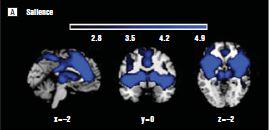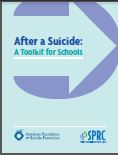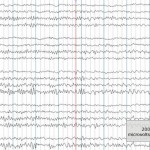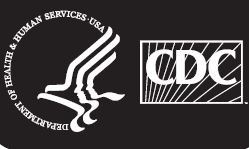(editor’s note: I’m happy to post this guest blog by some colleagues at HowardCenter on a topic that comes up all the time for parents and clinicians – DR)
By Cyrus Patten MSW, Jessica Coleman LCMHC, and Robin Yandell APRN
HowardCenter
When children and youth are experiencing challenging emotional and behavioral issues that are not improving with traditional outpatient therapies or educational supports in school, parents may begin to seek out of home or residential care to meet their children’s needs. Accessing this system in a time of crisis is often confusing for families and providers if they are unfamiliar with who to ask and who pays for what. Almost all out of home care in Vermont is funded by the public mental health system. The community mental health system has noticed an increase in children or youth entering the public system in crisis having never interfaced with it before. The following information on the high end system of care may be helpful for primary care providers.
Vermont’s community mental health system is made up of ten designated agencies (DA’s) and one specialized services agency covering various districts in the state. These private nonprofit agencies are under contract with the state to deliver many public mental health services, as well as accepting most private insurances. While private insurance usually covers outpatient and inpatient care, these community agencies provide many of the needed supports in between. In addition to outpatient services, the DA’s also provide services such as in-home family work, one-to-one community skills workers, care coordination, respite, school-based supports, early childhood mental health supports, crisis response, and specialized out of home care such as foster care, crisis placements, and residential care. Some, but not all, of these services require the child to be Medicaid eligible and there is a waiting list for some services. Within this continuum, many mental health services have in-home family work as a model that focuses on supporting the child and family with mental health stabilization and reducing the risk of psychiatric admissions or out-of-home placement. Local mental health agencies have a variety of programs for this in-home work that range in intensity from 1-2 family contacts per month to multiple hours a week. Home and community-based waivers may also be available to eligible families based on meeting criteria for inpatient psychiatric placement. These “wraparound” services provide a high level of intensive supports to promote the goal of keeping children in their communities.
Vermont’s public mental health system operates on the belief that it is important to access the lowest possible or “least restrictive” level of care before moving up to higher levels. The desired outcome is to keep children within their home, school and community with services that meet their needs and promote their safety and success. Sometimes, despite providers’ and families’ best efforts, out of home treatment is needed. For the most part, high-end services such as intensive in-home or out of home mental health treatment are only available through the public system. Families not familiar with the system have experienced frustration when they must participate in sometimes lengthy referral processes, eligibility determinations and limited options when they are already in a crisis.
As primary care providers, if you are working with a child or youth who may likely need intensive services at some point, it is best to help the family become familiar with the public system ahead of time. Because Vermont has a robust but varying network of DA’s and providers, the state enacted legislation in 1988 under ACT 264 which mandates that a multidisciplinary team of providers meet and collaborate around care in the best interest of families before allowing access to high end, out of home, publicly funded services. In addition to the family, this team is comprised of representatives from Department of Education, Department for Children and Families, the local Designated Mental Health Agency, and others critical to implementing a Coordinated Services Plan (CSP). Having an Act 264 meeting and the creation of such a plan is the first step in accessing out of home care in Vermont. This collaborative process is a helpful tool to ensure the child and family have tried or been considered for community-based levels of care before out of home care is accessed. If out-of-home care is determined to be needed for a child or youth, the team then follows the CSP outline to complete a referral to the Case Review Committee at the state level. One final note is that despite close collaboration between the public mental health and education systems, development of an IEP (individualized education plan) or educational placement is a separate process that occurs solely with the local school district.
Partnering is a critical component of effective, intensive mental health treatment. Multidisciplinary teams must work collaboratively in order to minimize barriers to success for Vermont’s children and families in need of the highest levels of intervention. To achieve this, the local mental health agencies should be involved early and often. Be sure to include your designated mental health agency when
- a child may need intensive mental health services in the foreseeable future
- a child’s plan includes a step-down from an out of state or inpatient setting
- a child’s needs are not fully being met with community-based or private resources
- the team needs additional consultation or services to fill gaps in a treatment plan
Other resources for families seeking support navigating the public mental health system of care are the Vermont Family Network (876-5315) and the Vermont Federation of Families for Children’s Mental Health (876-7021 or 800-639-6071). Both of these organizations have parents working in them who can act as peer supports for other families. In Chittenden County, parents can also contact First Call, HowardCenter’s children’s crisis team, to answer questions about the Act 264 process or how to access higher levels of care.











